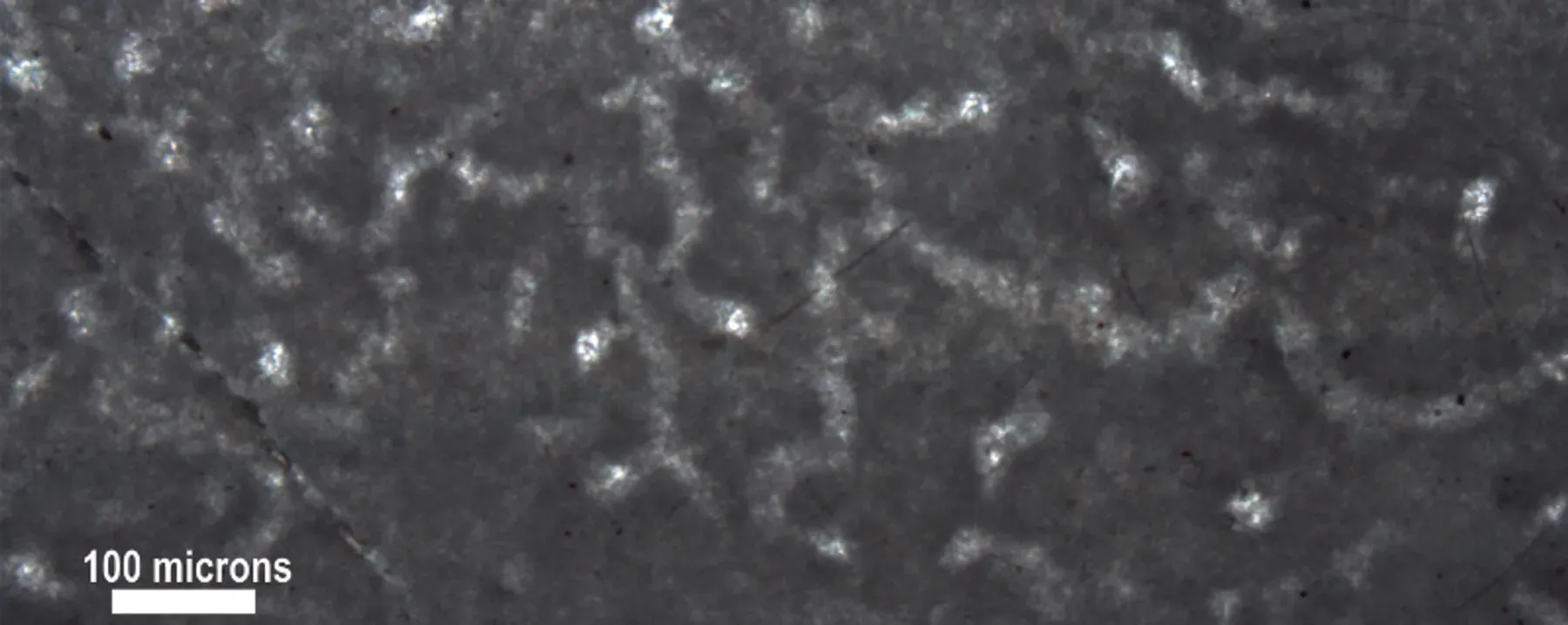How Old are Sponges?
A correspondent sent me the link for THIS ARTICLE - many thanks. It is based on THIS ARTICLE in Nature.
The researcher, working on 890 million year old reef rocks, found structure in some of her thin sections which looked rather like those found in more modern rocks. She did this 10 years ago. In the intervening period there have been many publications which have identified similar structures as being sponges.
But her rocks were more than 400 million years older than the oldest confirmed sponge. And the oxygen content of sea and atmosphere was rather different. But she argues that the cyanobacteria, that made the reefs she was working on, were close enough to her sponges to provide enough oxygen.
So, perhaps sponges are the oldest animals and were around for a lot longer than we thought.
ABOVE: A low-magnification view of the connected network of tunnels that form a putative sponge protein skeleton fossil found in an 890-million-year-old rock. The field of view is about 9 millimeters.
EC TURNER




